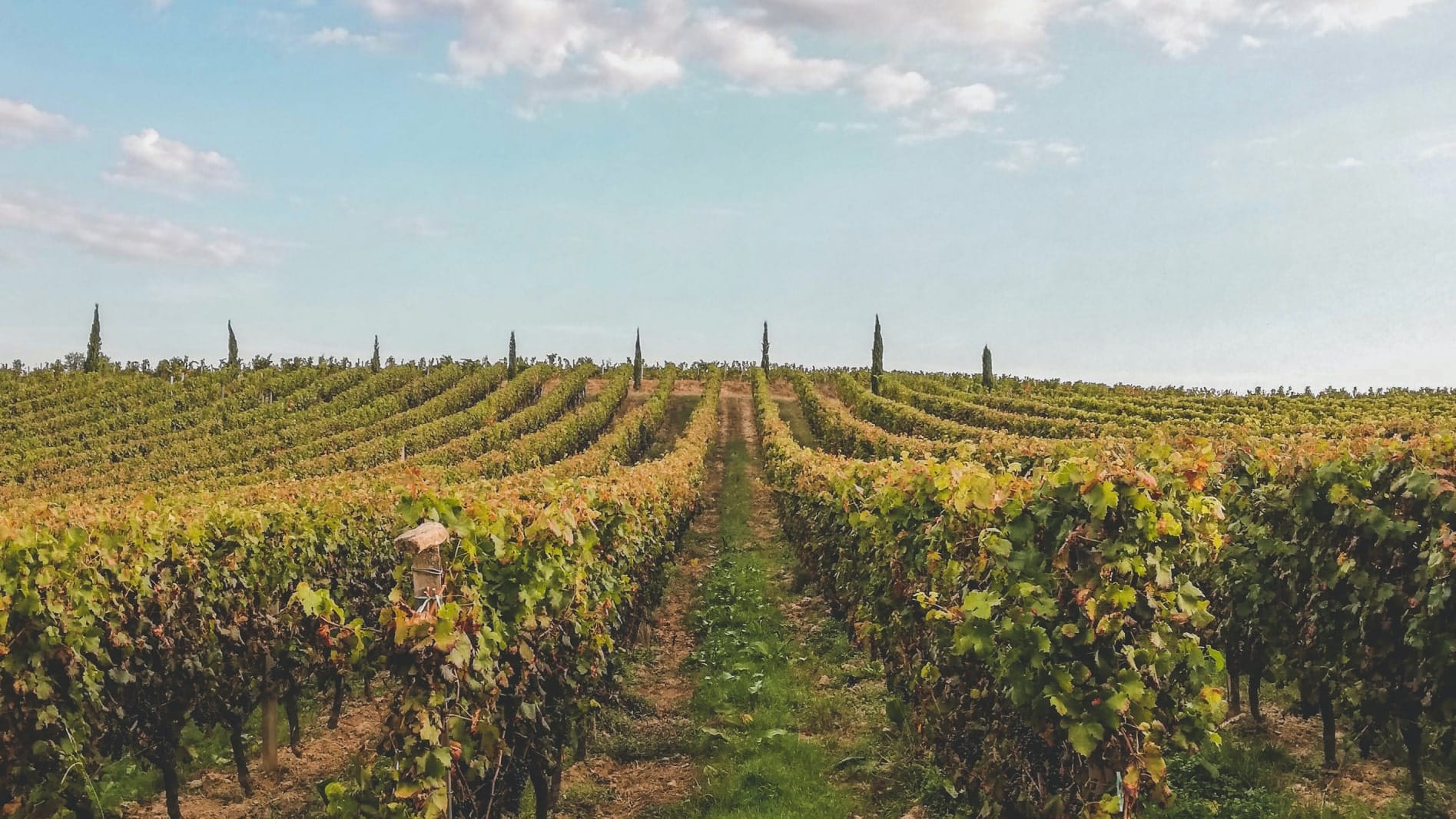It’s real, you may lose your beloved french wines due to climate change
In the hills outside of Bordeaux, where lines of vineyards create geometric patterns across the landscape, winemakers have been carefully growing and harvesting a dark blue grape variety for centuries. Merlot, with its soft, velvety plum flavor, is one of the world’s most popular red wines. But Merlot as we know it is on the verge of extinction. Climate change—which has increased average global temperatures, along with the frequency and severity of droughts, heat waves and other erratic weather patterns—is changing the flavor of French wines.
One of France’s biggest export industries is facing a devastating blow after an unusually severe frost earlier this month damaged vineyards across the country, heaping pain on winemakers already reeling from the pandemic and US tariffs.The frost has affected 80% of vineyards in France’s primary wine growing areas, according to the European Committee of Wine Companies.The French Ministry of Agriculture and Food last week activated its “agricultural calamities” program, triggering tax relief and other financial support measures for farmers. Government officials held an emergency meeting with bankers, insurers and agricultural representatives on Monday to identify additional support mechanisms.
The future we dreaded may already have arrived
However, what happened to the wine industry in France is not an isolated incident caused by the climate change. A growing global population and changing diets are driving up the demand for food. Production is struggling to keep up as crop yields level off in many parts of the world, ocean health declines, and natural resources—including soils, water, and biodiversity—are stretched dangerously thin.
The challenge is intensified by agriculture’s extreme vulnerability to climate change. Climate change’s negative impacts are already being felt, in the form of increasing temperatures, weather variability, shifting agroecosystem boundaries, invasive crops and pests, and more frequent extreme weather events. On farms, climate change is reducing crop yields, the nutritional quality of major cereals, and lowering livestock productivity. Substantial investments in adaptation will be required to maintain current yields and to achieve production and food quality increases to meet demand.
The problem also works in reverse. Agriculture is a major part of the climate problem. It currently generates 19–29% of total greenhouse gas (GHG) emissions. Without action, that percentage could rise substantially as other sectors reduce their emissions. Additionally, 1/3 of food produced globally is either lost or wasted. Addressing food loss and waste is critical to helping meet climate goals and reduce stress on the environment.
Business need to take action now
From wildfires in Australia to the endangering wine industry in France, mother nature is giving business enough wake-up calls to realize Climate change presents a range of risks for businesses across industries, from disrupted supply chains and higher insurance costs to labor challenges. Business should not hesitate anymore in taking action to search for innovation to reduce waste and emission. One way for businesses to achieve that is to learn about actions taken by innovative companies everywhere in the world and to adapt the ideology to their own practices. Innovation is everywhere is committed to help business everywhere to achieve sustainability through online webinars, workshops and learning expeditions about the latest business innovation that can contribute to environmental sustainability.


